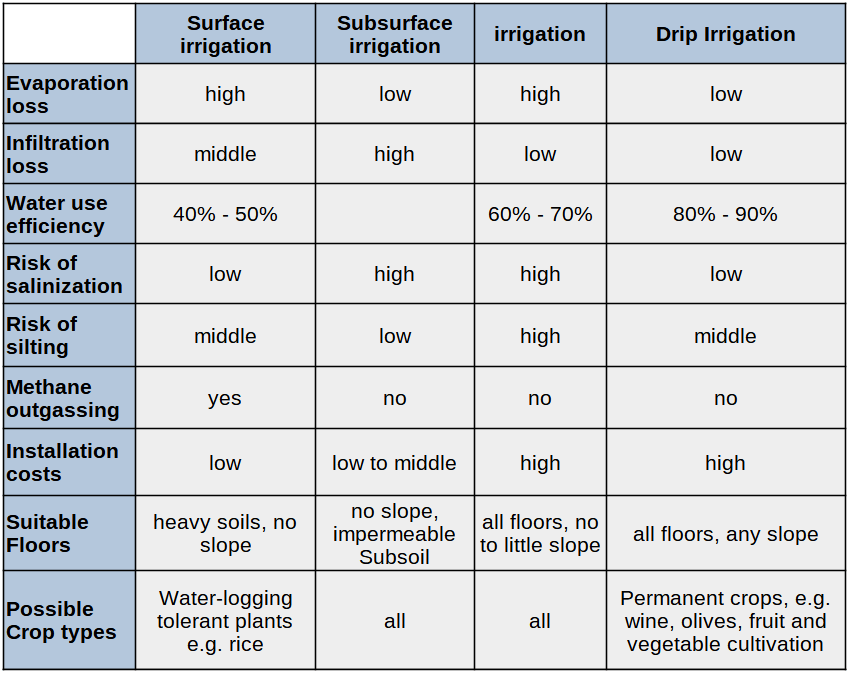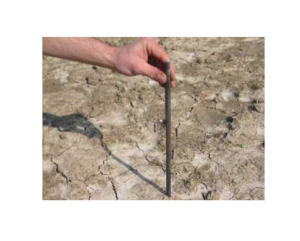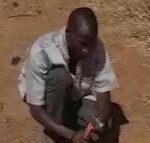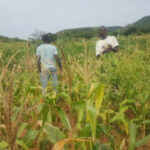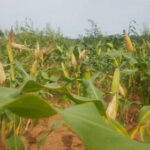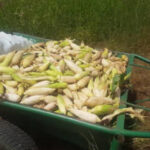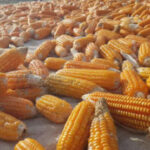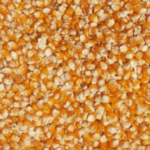Water Saver
– Easy to use
– binds moisture in the air into the soil
– improves soil quality
– ensures better plant growth
– Increases crop yield
– Reduces irrigation by at least 50%.
With our own evolution, we can change micro-atomic structures to give frequency to space energy.
Water is all around us, even if we can't necessarily see it. Humidity is an indication of how much water is actually in the air. Clouds are virtually the visible result of humidity in the air, millions of tiny water droplets that condense out of the air and form liquid water. With the Watersaver, the soil can now directly access the water in the air without having to "wait" for the water droplets to form. It takes about 3 months for the soil to fully adapt to this new ability. With this technology we are able to save 50% of irrigation, in some cases even up to 100%. As a side effect, the field studies also showed an improvement in soil quality.
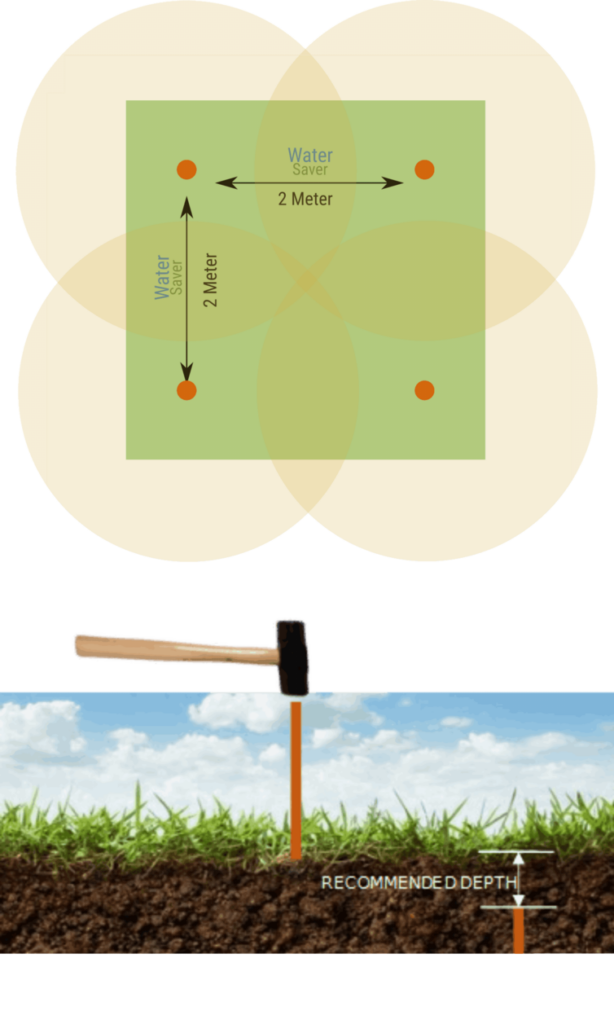
Place the Water Saver in the ground at a distance of 2 m.
The Water Saver can save over 60% on irrigation.
The depth of insertion of the stick depends on what you want to do with the field, soil or earth in which you place the Water-Saver. We recommend 10cm (4inch) for grass, 20cm (8inch) to 30cm (12inch) for soils you want to plow. It takes about 3 to 4 months for the effect of the Water-Saver to reach its full potential.
Water-Saver: (Diameter: 0.4 inch, Length: 8 inch, Weight: 5 oz) Effect for 40 sq ft (4m²).
2008: Application / Draper Utah 84020 USA
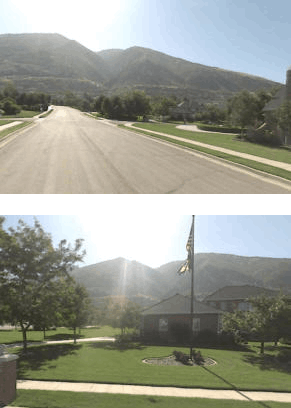
This area is near the Rocky Mountains and the summer is always very dry and hot. The lawn sprinkler must be in operation day and night to keep the grass green. In February 2008, 100 watersavers were placed on an area of 400 m² (100*4 m²). The first tests were performed without water. Under these conditions, the next day the lawn is dry and yellow. But with the Watersaver, it was green for over a week without water! Irrigation was then resumed and reduced from 100% (24 hours per day) in 10% increments. Under these dry conditions and hot temperatures, it was possible to reduce irrigation by 60% to keep the grass green and in good conditions.
In 2009, the tests were conducted in the summer with 40% irrigation throughout the dry season and the grass remained green all summer.
Situation 2011/ Part 1
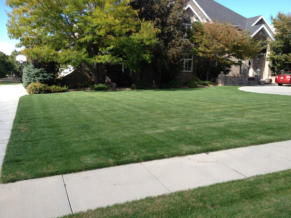
Here is the part of the lawn where I use the sprinkler every day in the summer.
Situation 2011/ Part 2
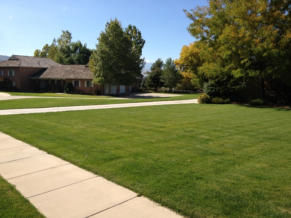
For this part I use the Watersaver and you can also see the difference in the color. The grass has a darker green. In the 3rd year, water savings increased from 60% to 97%! It's unbelievable, but it's true.
David Scott Dixon Inc12216 South 1950 East Draper Utah 84020 USA
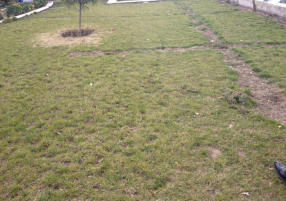
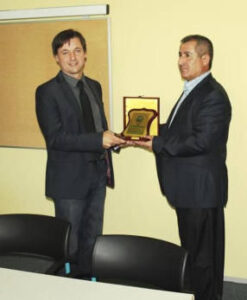
For this reason, a delegation from the Kurdish Regional Government, which reports directly to the Iraqi Prime Minister, came to hear the Austrian technology explained in more detail and awarded NG an environmental prize for the Watersaver.
Especially for dry areas, like in Iraq, this development could help to save a lot of water. Orders will follow this year.

After one month of bringing in the Water-Savers, there is an initial improvement in grass growth without water.
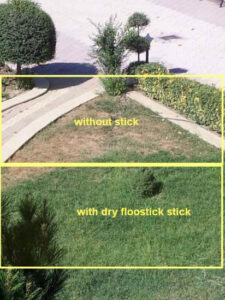
After 3 months on a surface without and with Watersaver
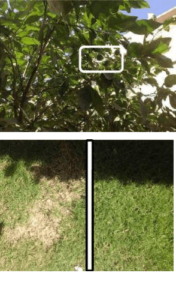
My name is Hubertus von Drabich, currently residing in the United Arab Emirates. Since this land was built in the desert, there is always a certain amount of water shortage. Therefore, the UAE government decided (a few years ago) to extract water from the Arabian Gulf. However, this is associated with high energy consumption and high costs. About 6 months ago we came across the new "Watersaver sticks" and decided to test them immediately. We are absolutely thrilled with the effect of these sticks. After just two months, our lawn began to grow much better (especially in the summer months when we have temperatures up to 50 degrees). In addition, our tangerine tree has borne fruit for the first time in two years (see also the following pictures).
All in all, we highly recommend Watersaver Sticks for experimental plots if you have any questions. Please feel free to contact me by email at:
h.v.dravich@web.de
At the beginning of the project
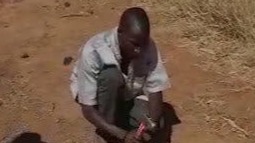
Benno Kehl does active association work in Africa and has used the Water-Savers here on a maize plantation.
Quote: "We have equipped a field in Africa, Burkina-Faso, on the outskirts of the village of Korsimoro with the Water-Saver'n. We are very enthusiastic about the result. "For the first time in three years, corn is thriving in the poor soil without irrigation.
End october
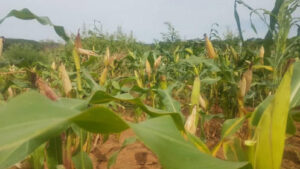
The corn harvest took place for the first time at the end of October.
They said it was a miracle!
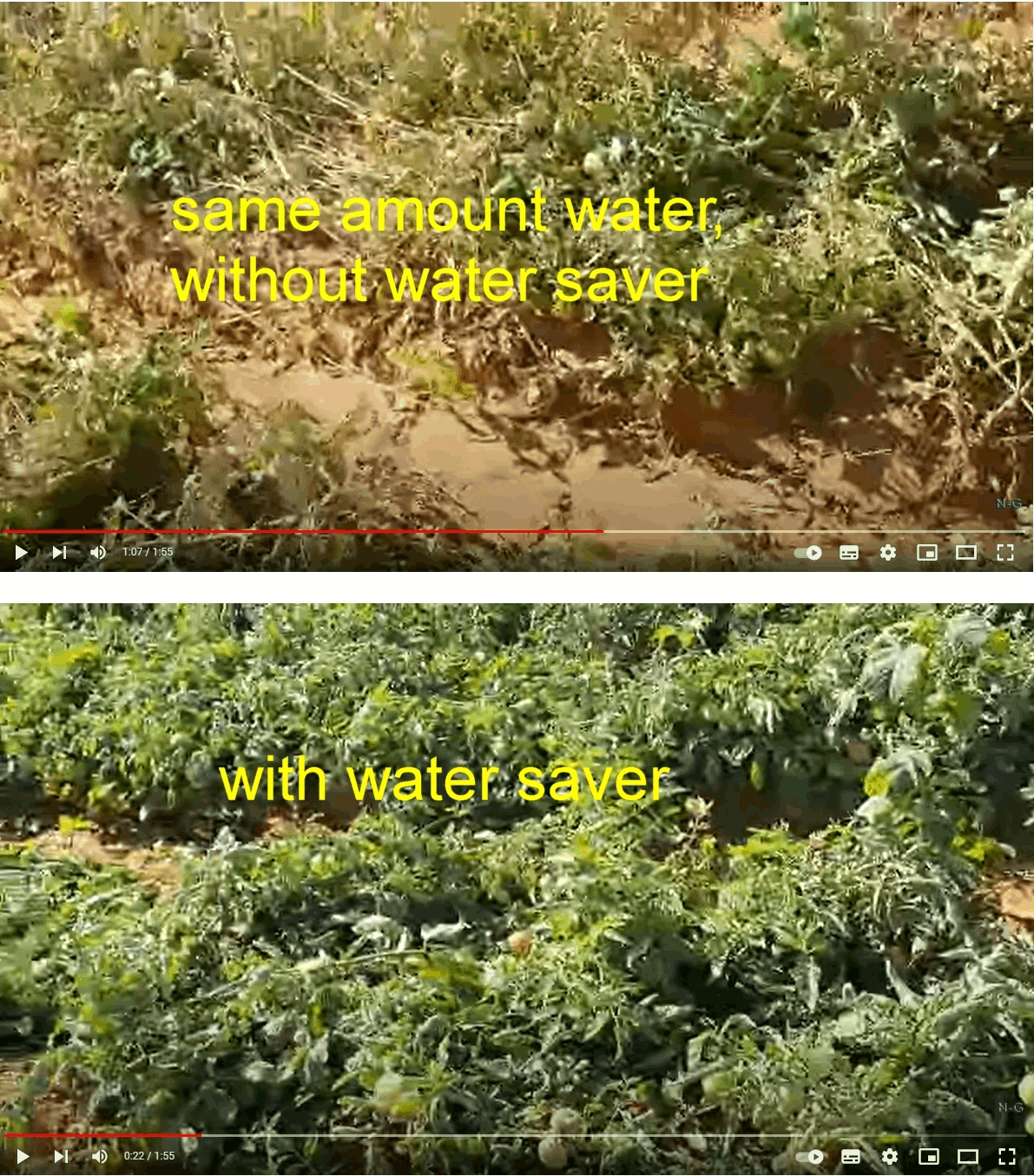
Both plots were irrigated equally, with the Watersaver field growing more lushly and producing a higher yield.
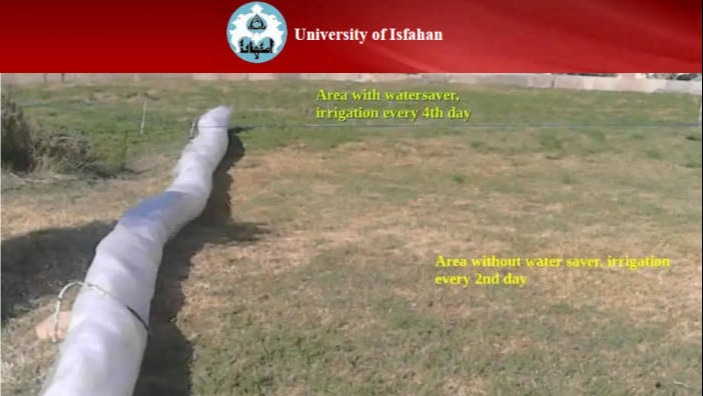
50% irrigation saving
Two plots are compared in water demand after 3 months of use. The original area in the front was watered every other day at 10% humidity. The upper area with the water bars was watered every 4th day and has 80% more green mass than the other lower area.
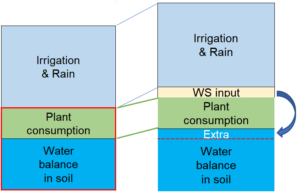
A trial was conducted with two adjacent lawns, with one lawn equipped with Water-Saver'n (WS) to verify water savings potential. The environmental conditions for the two lawns are identical because they are adjacent to each other. Soil moisture was measured at two soil depths to detect changes in conditions.
In the initial phase (period 1), the plot with WS had higher soil moisture than the normal plot. Beginning in period 2, when the amount of irrigation was reduced for both lawns, moisture content in the normal plot increased to nearly the same level as WS. Observations showed that the turf of the normal plot showed signs of stress. A stressed plant absorbs less water and leaves more water in the soil. During a dry period, the soil water content of both plots decreased, with the normal plot losing more water than the WS.
At the end of the dry period, the difference in moisture content between the two plots increased. During this period, the WS were shown to be able to add additional water to the soil from the air even under drier humidity conditions. The Water-Savers (WS) save at least 37% on irrigation in the first part of the trial.
To prevent further deterioration of the normal plot turf, the irrigation water volume for WS is reduced to 50% only after the third period. Gradually reduce WS irrigation until there are signs of plant stress.
Final Report
Comparison of soil moisture between pilot lawn with Water-Saver (WS) and adjacent lawn (without WS).
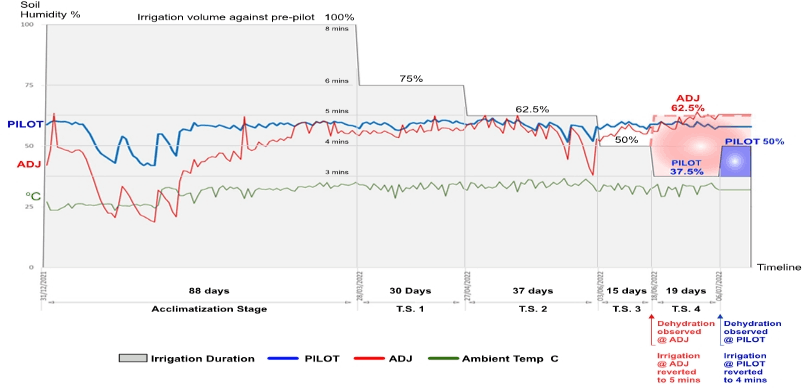
Result: 50% water saving
Water saver test for indoor plants
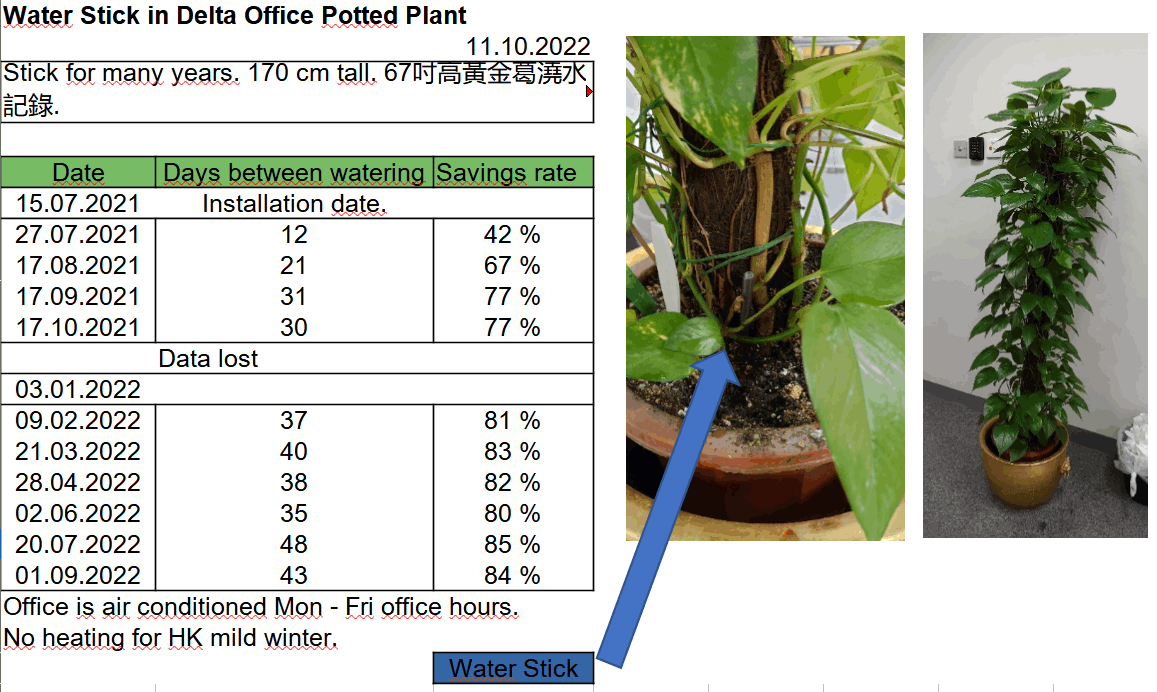
Up to 84% water savings for houseplants
With and without watersaver
The left field was 100% irrigated, the right field was 50% irrigated and Watersaver'n!
Tomato plants
with WaterSaver
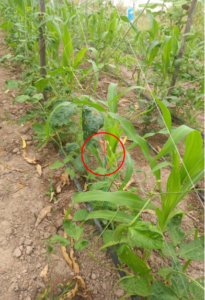
Tomato plants
without WaterSaver
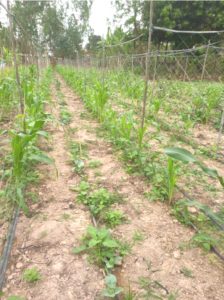
13.03.2023: One month later
Overview of conventional irrigation systems
As you can see from the following table, the Water-Saver offers many advantages over the well-known irrigation systems, such as no running costs, no evaporation losses, applicable to all soils and terrains, and much more.
